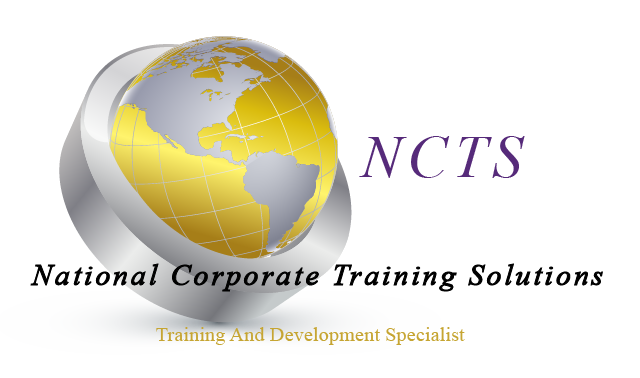Industrial Sewing Outline
Course Description:
This course is an introduction to Industrial Sewing. The course is designed to give students an understanding in the basic skills and techniques necessary; basic skills such as reading ruler, math, stitch count, types of seams, cutting techniques and basic short cuts in sewing and cutting. The students will gain knowledge in industrial sewing manufacturing concepts, safety aspects, tools, and communication skills. Emphasis is placed on machine operation, setup and maintenance, threading, sewing straight lines, corners, curves and welts. Upon completion, students should be able to set up and operate a variety of industrial sewing machines.
Course Duration:
Customizable to skill level and desired outcome
Suggested - 4 weeks/ 3 days a week at 5 hours/day for a total of 60 hrs
Course Objectives:
- Industrial sewing machine basics
- Quality basics of stitching & fabric
- Industrial sewing terminology
- Employers’ expectations and work place conduct
Required Text: A packet of reading materials, a binder, and worksheets will be provided.
Supplies: Company to provide material, equipment and supplies.
Evaluations: Students will learn and exhibit a variety of skills and practices. We will end each week by having student evaluations based off of the list below.
- Safety
- Thread machine
- Change bobbins
- Change needles
- Control machine
- Ergonomics
- Methods understanding
- Quality
- Pace
- Comprehension
Lab Exercises:
Lecture, demonstration of techniques, creating samples of techniques; seams, stitches and finishes as well as larger sewing assembly projects.
Students will receive a Grading Rubric for samples and projects. All samples are due at the end of each class day they were assigned.
Students will be graded individually on samples/projects and when working on a group assembly project will graded as a group.
The class will be timed on techniques during the week and instructors will record technique, time, quality of work, and percentage finished on the Time Sheet. For example: Curved stitch /2 minutes/ stitch is on stitch line from beginning to end/100% complete. By the end of the course the student will see their progress in speed and quality.
Course Outline:
Upon completion of this module the trainee will be able to:
· Show different type of industries that sewing is used in.
· Show different applications in each industry.
· Show different types of machines and their uses.
· Demonstrate target machine in intended use.
· Show basic features on intended machines.
· Show How to thread intended machines.
· Show basic problem shooting on intended machine.
· Teach how to change bobbins on Intended machines.
· Administer sewing practice on intended machine.
· Slowly increase the difficulty of the sewing practice on intended machines.
· Evaluate and critique each practice step.
· Demonstrate the pieces that customer want the sewers to become proficient at.
· Sew similar samples of the different seams involved in the final product.
NCTS Courses can be customized. Add, delete, or adjust content or length of the course to meet the needs of your company.

